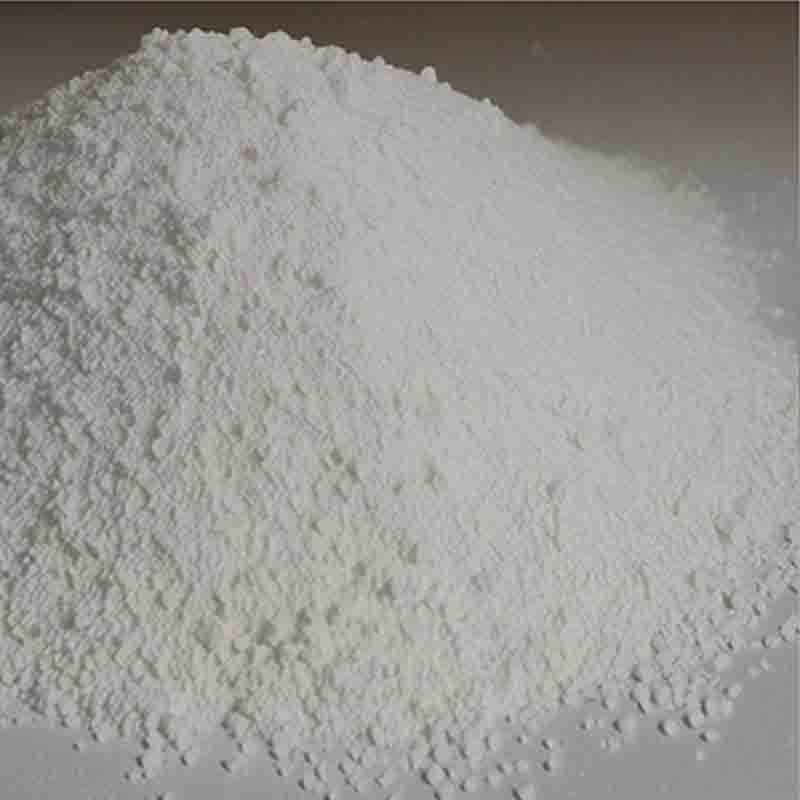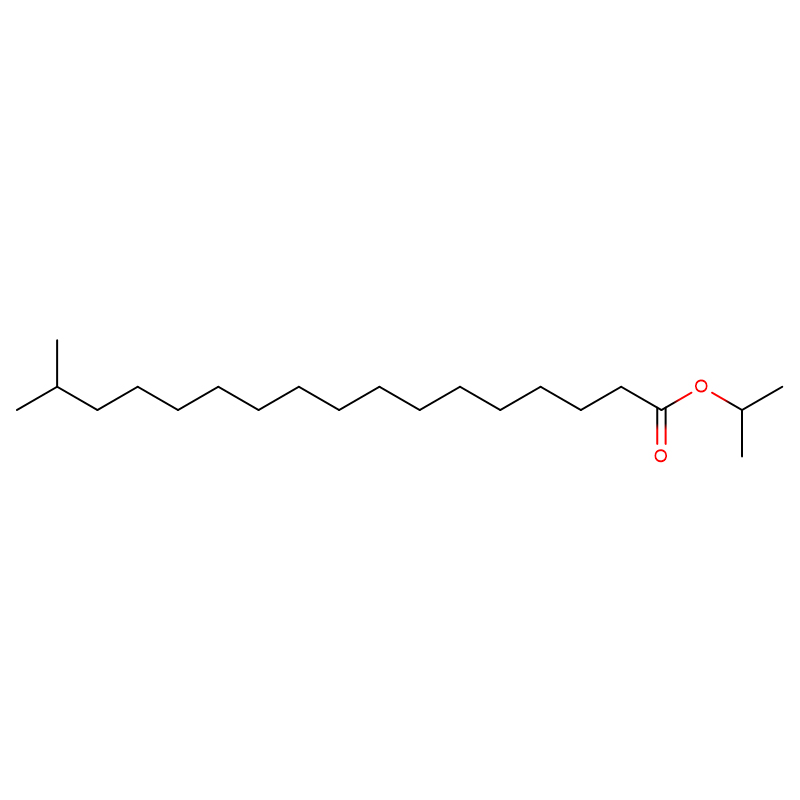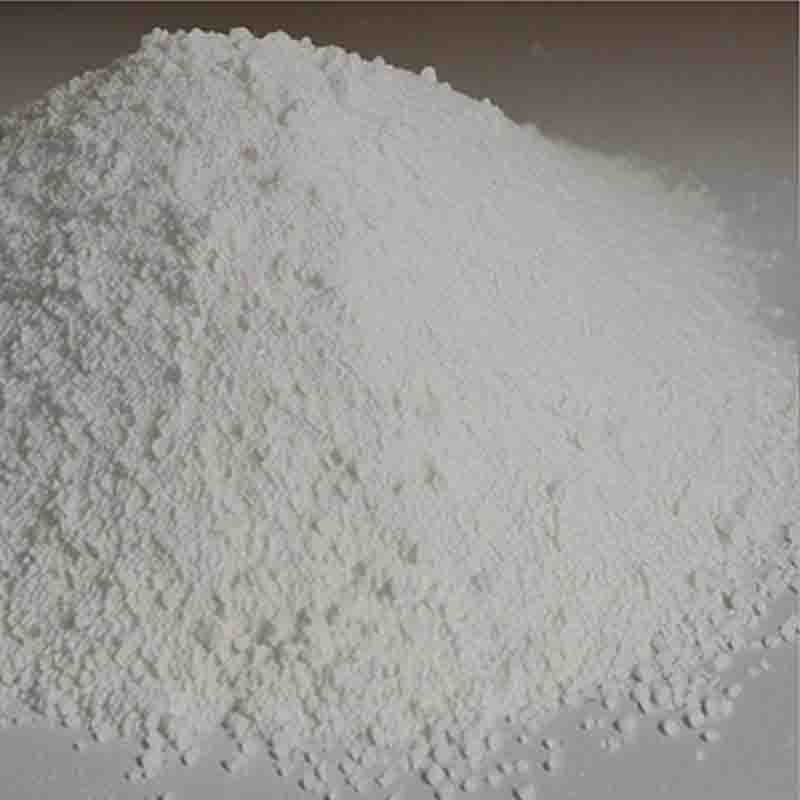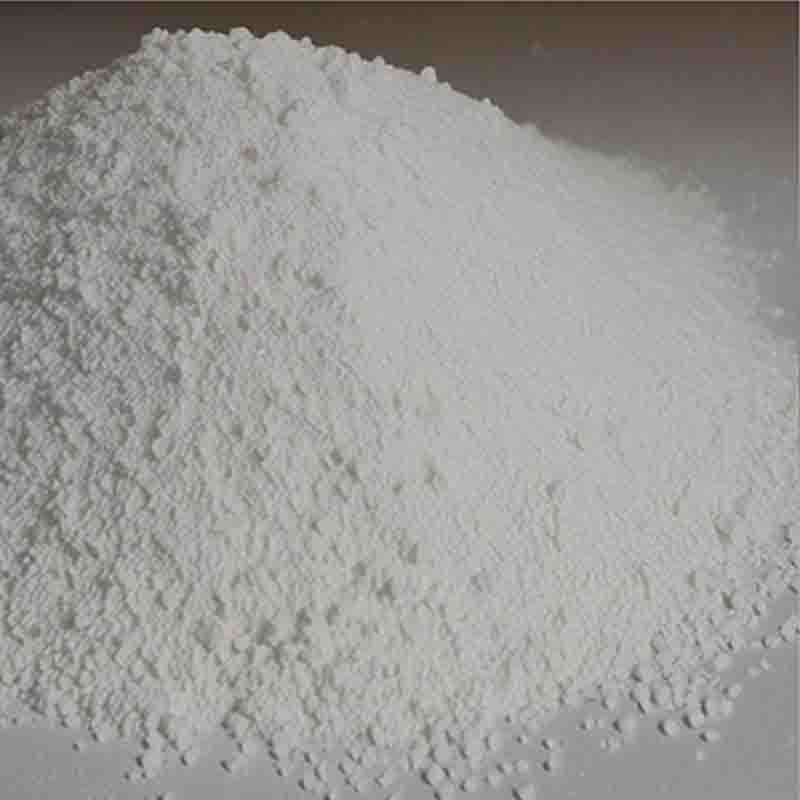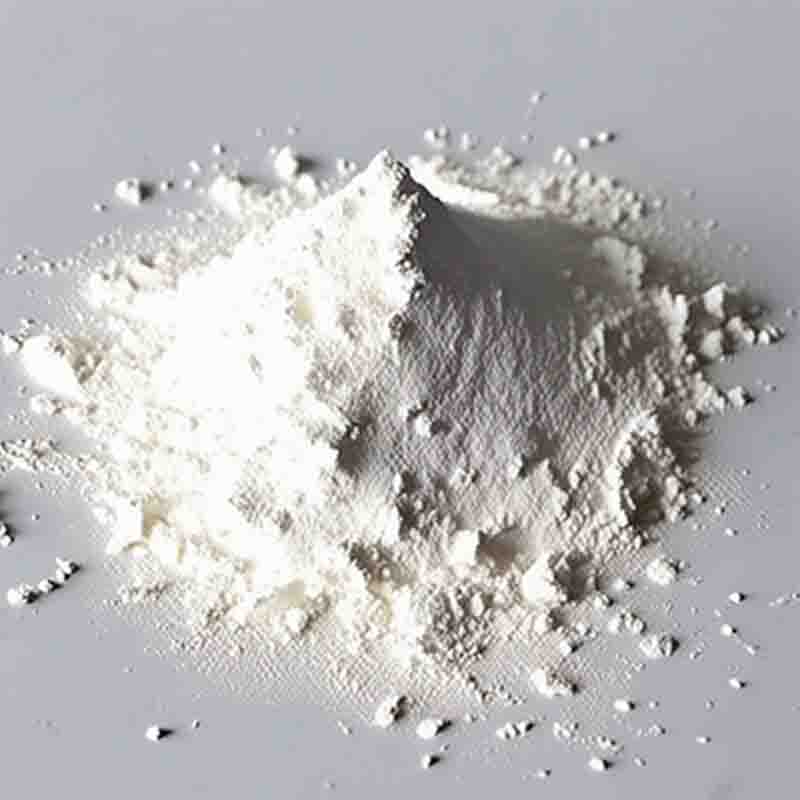((R,R)-2-AMINO-1,2-DIPHENYLETHYL)[(4-TOLYL)SULFONYL]AMIDO](P-CYMENE)RUTHENIUM(II)CHLORIDE CAS: 192139-92-7
| Catalog Number | XD94462 |
| Product Name | ((R,R)-2-AMINO-1,2-DIPHENYLETHYL)[(4-TOLYL)SULFONYL]AMIDO](P-CYMENE)RUTHENIUM(II)CHLORIDE |
| CAS | 192139-92-7 |
| Molecular Formula | C21H21ClN2O2RuS.C10H14 |
| Molecular Weight | 636.219 |
| Storage Details | Ambient |
Product Specification
| Appearance | White powder |
| Assay | 99% min |
((R,R)-2-AMINO-1,2-DIPHENYLETHYL)[(4-TOLYL)SULFONYL]AMIDO](P-CYMENE)RUTHENIUM(II)CHLORIDE, also known as Ru(II)-cymene complex, is a valuable catalyst in various organic transformations. This organometallic compound contains ruthenium as the central metal atom, coordinated with (R,R)-2-amino-1,2-diphenylethyl and (4-tolyl)sulfonyl groups, along with a p-cymene ligand. Let's explore the uses and applications of this complex in organic synthesis.One primary application of Ru(II)-cymene complex is in the asymmetric transfer hydrogenation (ATH) reactions. ATH is a powerful method for reducing ketones, imines, and other carbonyl compounds using a hydrogen source as the reducing agent. The Ru(II) center in this complex can facilitate the transfer of hydrogen to the carbonyl group, resulting in the formation of chiral alcohols or amines. The chiral ligands in the complex play a crucial role in achieving high enantioselectivity, making it a valuable catalyst for the synthesis of enantiopure compounds.Ru(II)-cymene complex is also utilized in the catalytic activation and functionalization of C-H bonds. C-H activation is an efficient strategy to introduce new functional groups into organic molecules without the need for prefunctionalization steps. The ruthenium center in this complex can selectively activate C-H bonds in various positions, enabling the direct functionalization of inert C-H bonds. This approach provides access to complex molecules in a more streamlined and efficient manner.Furthermore, Ru(II)-cymene complex has been investigated for its potential in catalytic olefin metathesis reactions. Olefin metathesis involves the rearrangement of carbon-carbon double bonds, leading to the formation of new carbon-carbon double bonds and the generation of valuable products. The complex exhibits good catalytic activity and stability in promoting various types of olefin metathesis reactions, including ring-closing metathesis and cross-metathesis. These transformations are widely recognized as powerful tools in organic synthesis, allowing the construction of complex ring systems and the formation of structurally diverse compounds.Additionally, Ru(II)-cymene complex has been explored in the catalysis of other key organic transformations, such as alkene and alkyne hydroelementation reactions, as well as transfer dehydrogenation reactions. These reactions are important in the synthesis of fine chemicals, pharmaceutical precursors, and natural product derivatives.In summary, ((R,R)-2-AMINO-1,2-DIPHENYLETHYL)[(4-TOLYL)SULFONYL]AMIDO](P-CYMENE)RUTHENIUM(II)CHLORIDE, or Ru(II)-cymene complex, is a versatile catalytic compound in organic synthesis. Its applications include asymmetric transfer hydrogenation, C-H activation and functionalization, olefin metathesis, hydroelementation reactions, and transfer dehydrogenation. The unique properties of this complex, including its stereoselectivity and catalytic activity, make it an important tool for the synthesis of chiral compounds and the construction of complex organic molecules.


![((R,R)-2-AMINO-1,2-DIPHENYLETHYL)[(4-TOLYL)SULFONYL]AMIDO](P-CYMENE)RUTHENIUM(II)CHLORIDE CAS: 192139-92-7 Featured Image](https://cdn.globalso.com/xdbiochems/白色粉末2695.jpg)
![((R,R)-2-AMINO-1,2-DIPHENYLETHYL)[(4-TOLYL)SULFONYL]AMIDO](P-CYMENE)RUTHENIUM(II)CHLORIDE CAS: 192139-92-7](https://cdn.globalso.com/xdbiochems/粉末462.jpg)
